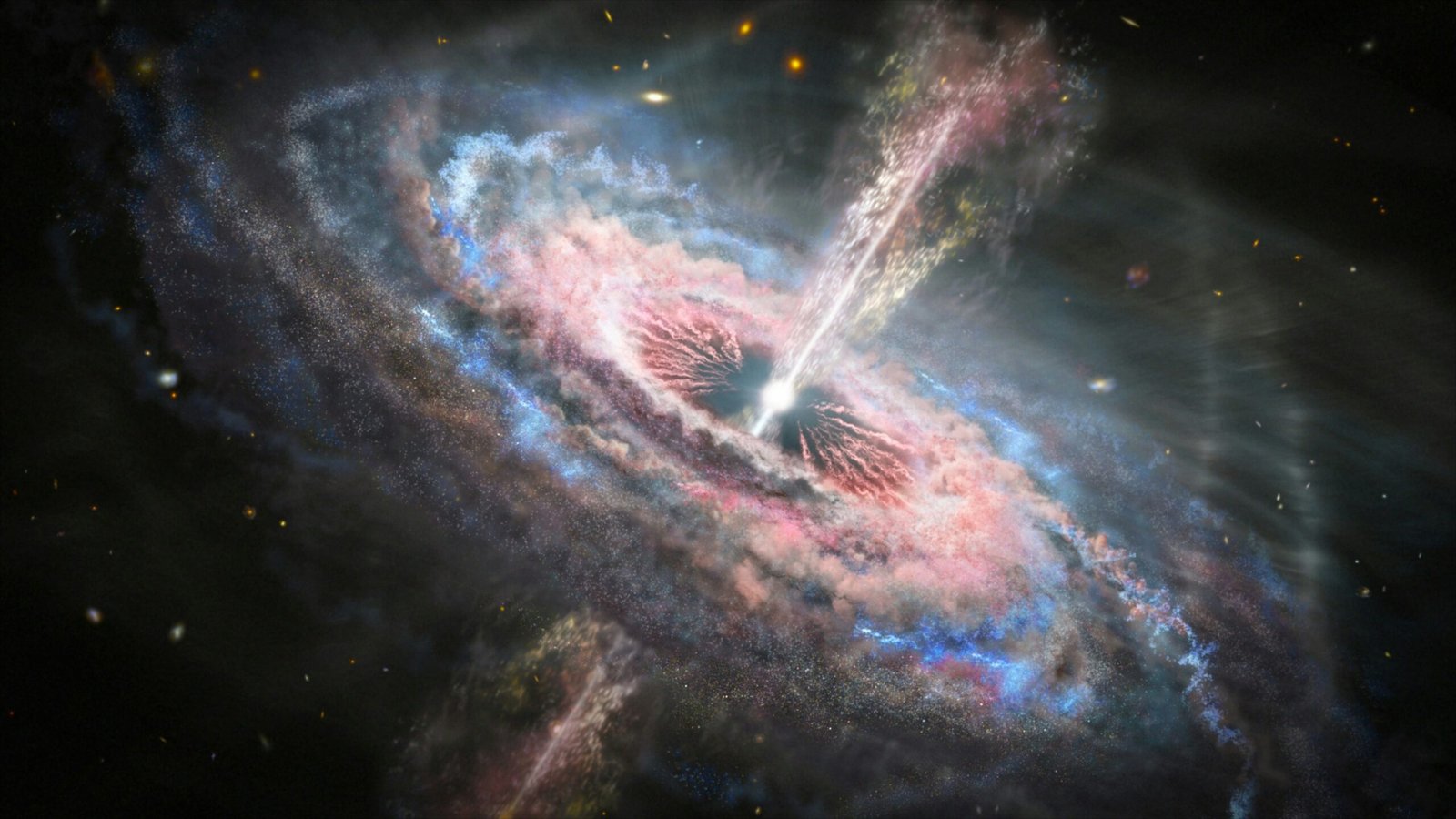Gamma Ray Burst Unveils Potential Breakthrough in Testing Einstein’s Relativity

In a recent groundbreaking study, scientists have tested Einstein’s theory of relativity using the most powerful gamma-ray burst ever observed. This research, conducted by a team from China’s Large High Altitude Air Shower Observatory (LHAASO), scrutinized the gamma-ray burst 221009A, which occurred 2.4 billion light-years away.
Einstein’s theory of relativity relies on two core principles: the laws of physics are consistent for all observers in uniform motion, and the speed of light is constant regardless of the observer’s motion. A key aspect of this theory is “Lorentz invariance,” which suggests that the speed of light should remain the same for all observers, even at high energies.
The team analyzed the burst’s afterglow, consisting of high-energy gamma rays, to check for any deviations from Lorentz invariance. They measured the arrival times of photons across different energy bands. If Lorentz invariance were violated, photons of different frequencies would arrive at different times—a phenomenon known as photon dispersion.
The results showed no significant time delays between photons of varying energies. This indicates that Lorentz invariance holds true even at extremely high energies. The study also increased the lower energy limit at which quantum gravity effects might appear by five times.
Published in Physical Review Letters, this research supports Einstein’s theory and sets new benchmarks for future studies. The team suggests that examining the initial stages of future gamma-ray bursts could further test Lorentz invariance and push the boundaries of our understanding of quantum gravity.
For more updates on groundbreaking physics research, stay tuned to our science news section.








